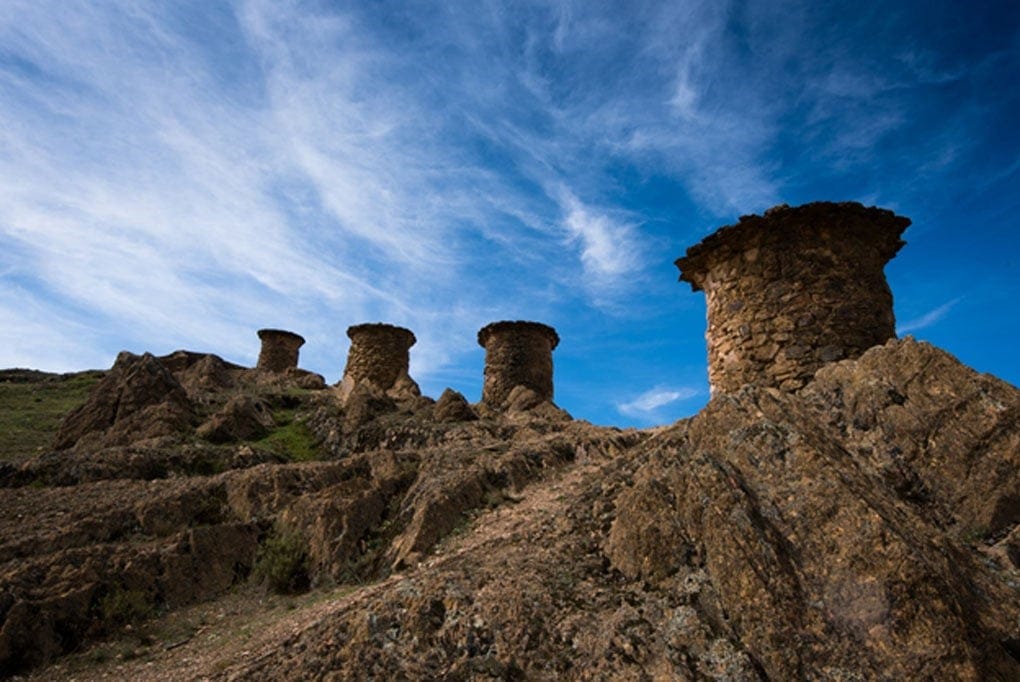Ritual Chambers of the Andes: Used in Secret, Near Death Simulations
Out of Body Experiences!
Rather than being burial chambers, the chullpas of Sillustani and Cutimbo were used for a secret, near-death simulation in which candidates returned 'risen'.
Conventional history claims the Inka appeared suddenly in the 15th century, and within ninety years, their stone fashioning ability advanced meteoric, from mere river rock with mortar to megalithic tongue-and-groove monuments featuring masonry so tight that an alpaca hair cannot be inserted between the blocks.

It was well known throughout the region that the Inka were not a dab hand at monolithic masonry, as proved when 20,000 men attempted to haul a gargantuan stone off the temple of Saqsayhuaman, only for 3000 of them to be crushed to death when the ropes failed. Indeed, wherever one travels the Andes there is no shortage of proof that additions made by the Inka to existing structures pale in both quality and scale.

Two places where this difference is highlighted are Cutimbo (or Kutimpu) and Sillustani, where exist some very unusual towers called chullpas. In reconsidering their construction technique, we can also reveal how an ancient ritual, once practiced on a global scale, took place here, reappraising the misguided idea that these unusual towers were built with burial in mind.
Mistaken for Tombs
Even back then, local chroniclers suspected these megalithic towers far predated the Inka and inspired their later funerary practices. During a recent trip to the Andes, I was amazed by the chullpas and found them inconsistent with funerary functions. Most chullpas contained no burials, and when they did, the bodies didn’t match the age of the buildings.
This situation parallels Egypt. No evidence supports the theory that pyramids were used as tombs. Herodotus recounted how Pharaoh Khafra “built himself a subterranean tomb, on the hill where the pyramids stand.”
Early archaeologists ignored this and misinterpreted Egyptian concepts of living and dying. Their misunderstanding, through repetition, remains ingrained in this conservative field.
No written record explains the purpose of the chullpas, but comparing them to rituals in other parts of the world reveals a solid picture. The unknown builders, like their Egyptian peers, engaged in a ritual known only to adepts of Mysteries schools from China to Ancient Egypt: the ritual of raising the dead, described by the apostle Philip as ‘living resurrection’.
Living Resurrection
Before we examine the chullpas, let's briefly look at how the concept of resurrection in the western world was falsified. During Jesus' time, many esoteric cults, including Gnostic Christianity, claimed that the Catholic Church distorted Christ's resurrection for its own purposes. These cults viewed resurrection metaphorically, as a secret ritual where candidates underwent a voluntary near-death experience in a restricted chamber, accessing the Otherworld and returning fully aware. This marked the highest level of initiation for spiritual figures like Zoroaster, Socrates, Plato, and Pythagoras.
The suppressed Gospel of Philip clarifies that the popularized concept of resurrection was misinterpreted by the emerging Church:



